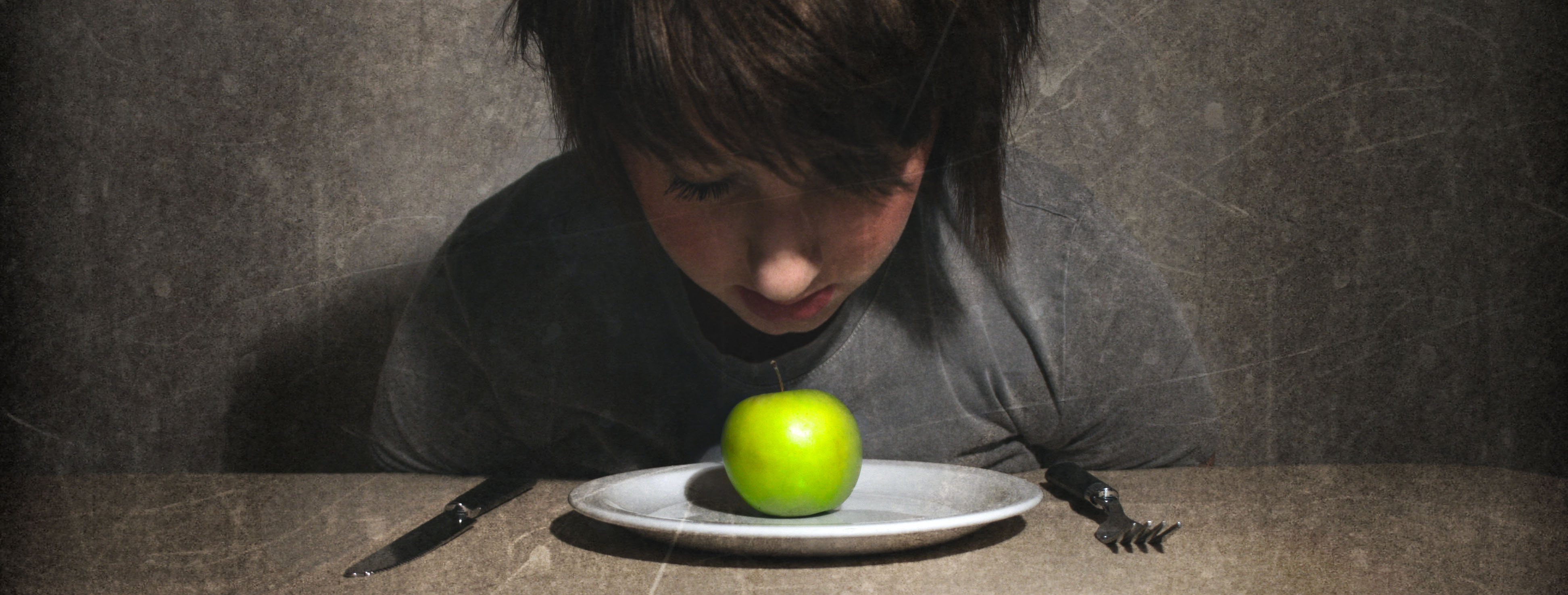Most parents of young children are accustomed to policing what their children put in their mouths. Adults are all too familiar with the infant fascination of chewing or ingesting just about anything from crayons to plants. However, if a child continues to exhibit this behavior well after the teething phase, can we continue to be unfazed? At what point do we stop dismissing these actions as a common aspect of childhood and diagnose them as a disorder?
Pica is a medical condition typically found among children and some adults in which individuals ingest materials that are not intended for food consumption. The atypical eating habits of individuals with this condition vary from person to person. Studies have reported that those with pica consume a wide range of materials, including clay, paint, hair, and sand. Depending on what the individual eats, pica can cause mild to severe medical problems. Some of these include lead poisoning, bacterial infections, gastrointestinal damage, and blockages, depending on the size of the ingested material.
Image Source: Peter Zvonar
In a few case studies, the onset of pica has been tied to the body’s deprivation of key nutrients and minerals. The disorder manifests in the body’s attempt to ingest large quantities of nutrients such as iron by, for example, the individual eating forks and spoons. No medication is currently prescribed for those with pica. Instead, doctors recommend that family members work together to train the patient in distinguishing what should and should not be eaten, allowing the person to outgrow the condition over time.
Physicians typically track patients suspected of having this condition for a month before issuing a diagnosis. Research into the onset of pica has also identified a potential correlation between the condition and other disorders. For example, of those diagnosed with conditions such as schizophrenia and autism, approximately four to twenty-six percent of individuals have been found to also exhibit behavior in line with pica.
While pica is a very manageable condition, a lack of understanding regarding its triggers or the mental state of the affected individuals can prevent people from getting access to the support they need. Spreading awareness about pica can broaden the public’s understanding about eating disorders and viable treatment options.
Featured Image Source: To eat or not to eat? by daniellehelm










